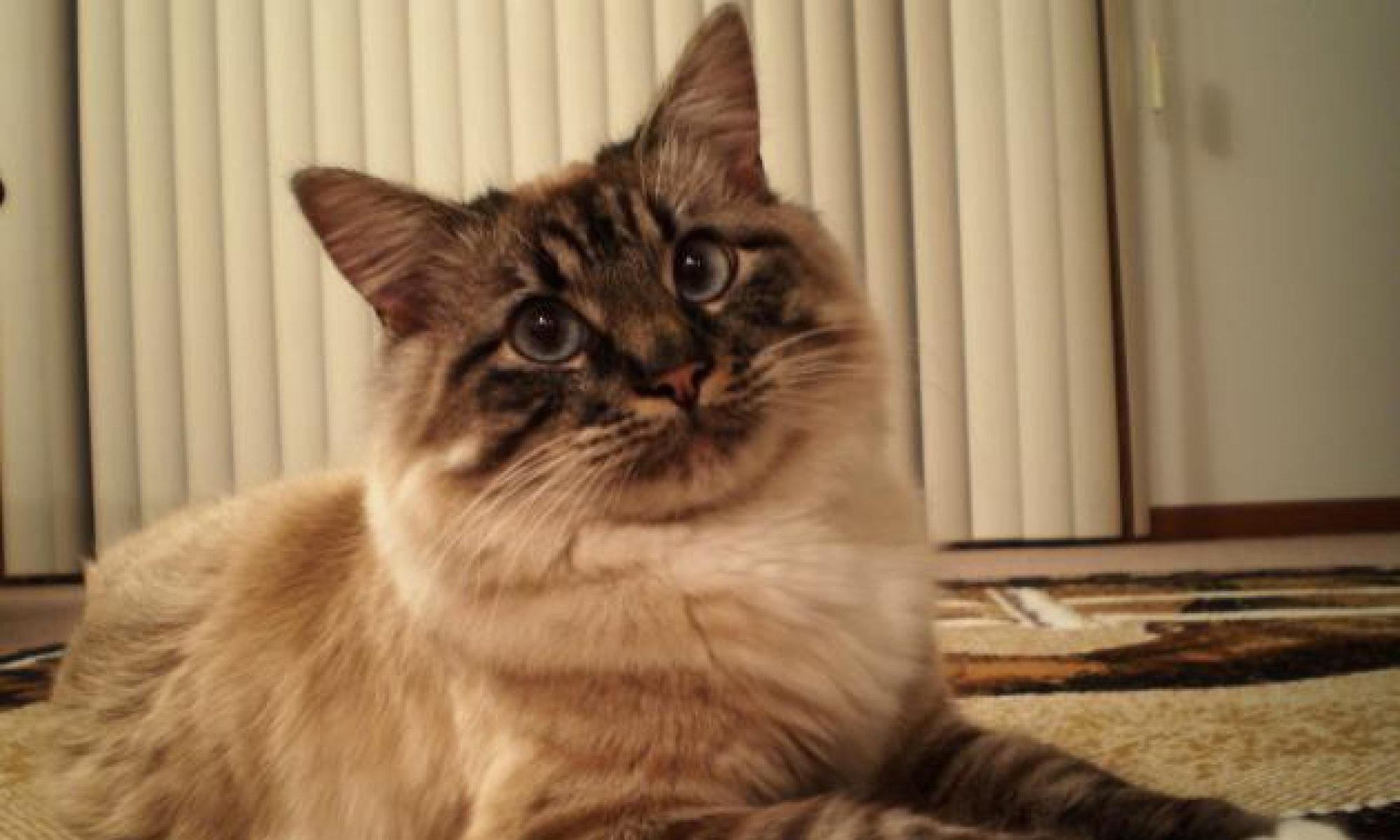More than half the cats in the United States are not at their ideal body weight. Obesity is a common concern and can result in health issues such as diabetes, joint disease, and stress on internal organs. At the same time, underweight cats may be more prone to illness as well. One way to determine if your cat is at the ideal weight is to monitor its body condition score (BCS).
BCS is a way to visually evaluate your cat’s body composition and rate it on a numerical scale. There are two scales that can be used – one that rates cats from 1 to 5 and one that rates cats from 1 to 9. For both scales, a score of 1 indicates a very thin cat. For the 5-point scale, 3 is ideal and 5 is obese. For the 9-point scale, 4 to 5 is ideal and 9 is severely obese. Despite the seemingly subjective nature of BCS, research has shown that BCS is related to body fat percentage. Cats that have a BCS outside of the normal range should be evaluated by a veterinarian to determine the correct changes in diet and an exercise plan to help them reach the ideal weight. Sudden changes in a cat’s diet may result in gastrointestinal stress and possibly fatty liver disease.
A cat’s BCS may vary due to breed and lifestage. Larger breeds of cats (e.g., Maine coon) may be at a higher body condition score and appear heavier than smaller breeds of cats (e.g., Siamese) but still be a healthy weight for their breed type. Cats nursing kittens are at a high risk of weight loss and should have their BCS monitored regularly to identify changes in weight and ensure adequate weight maintenance. Cats 7 to 11 years old are at the highest risk for obesity due to increases in body fat, while cats greater than 12 years old are at risk for loss of both lean muscle mass and body weight.
To score your cat’s body condition, you will need to perform a visual examination of the cat from the side and from above as well as palpate the cat’s ribs and waist. Based on the scale provided, you can determine the cat’s BCS. The characteristics of a cat at an ideal weight are the same, no matter which scale you choose.
When you look at your cat from above, you should be able to see a clear waist. If you place your fingers behind your cat’s last rib, you should easily see that the waist is thinner than the ribs and goes out slightly at the pelvis. If the width is the same or gets wider as you move from the ribs to the pelvis, your cat is overweight. Another way to consider this is that a cat with an ideal BCS has an hourglass appearance from above. From the side, the cat’s abdomen should be clearly tucked up behind the ribs. You should be able to easily feel your cat’s ribs. At an ideal weight, the individual ribs should be easily felt with minimal fat covering. If your cat is underweight, the ribs will be clearly visible without palpation. If your cat is overweight, you will not be able to easily feel the ribs under the layer of fat.
To use the 9-point scale, view it here.
Lisa Karr-Lilienthal, Ph.D. – University of Nebraska-Lincoln

